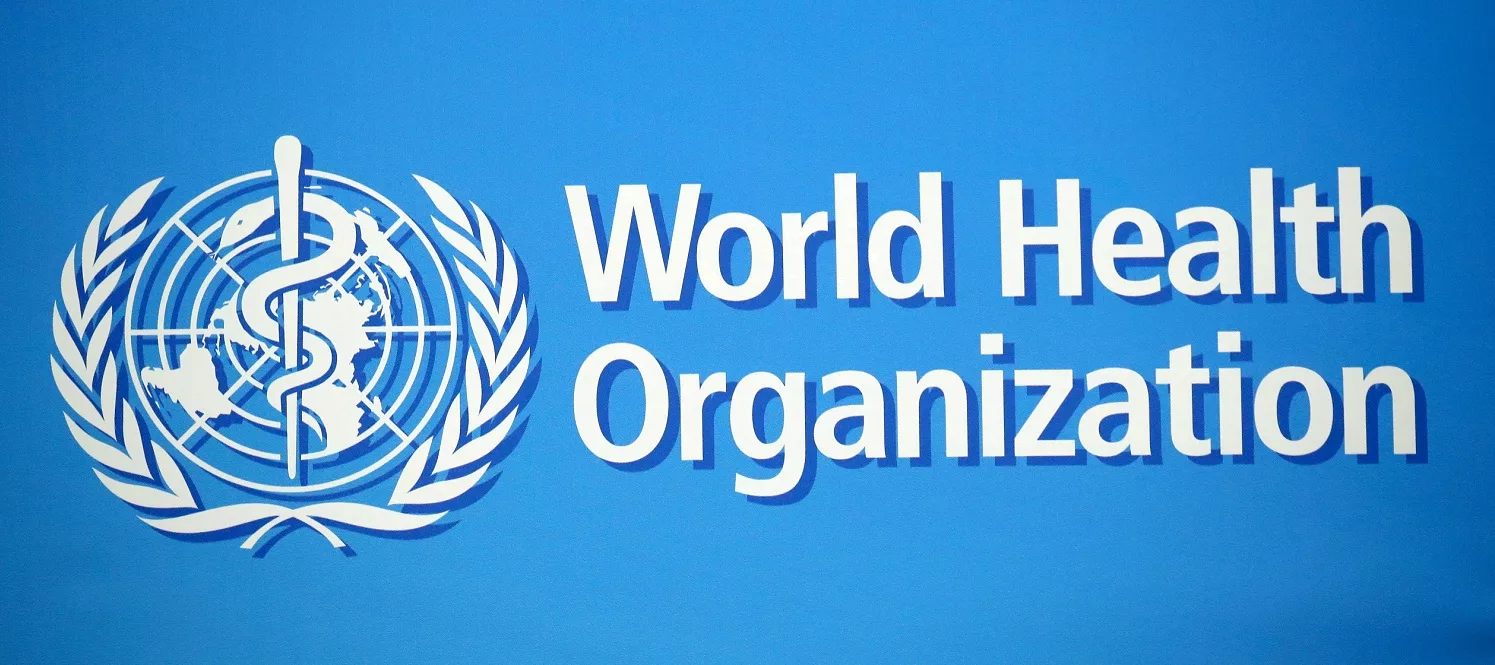More than 39 million people globally could die from antibiotic-resistant infections by 2050 – WHO
The World Health Organisation (WHO) says more than 39 million people globally could die from antibiotic-resistant infections by 2050. That translates to 25 years from now. Laxmikant Chavan, technical officer, AMR and coordinator – One Health, WHO, Nigeria, made the disclosure during a two-day capacity building for journalists organised by WHO in Abuja. Oil and […]

who
The World Health Organisation (WHO) says more than 39 million people globally could die from antibiotic-resistant infections by 2050.
That translates to 25 years from now.
Laxmikant Chavan, technical officer, AMR and coordinator – One Health, WHO, Nigeria, made the disclosure during a two-day capacity building for journalists organised by WHO in Abuja.
- Oil and gas made Nigeria to neglect tourism – NBA-SBL Chair
- Deposition: Again, court rules in favour of former Emir of Gwandu
He said antibiotics resistance happens when bacteria change and become resistant to antibiotics used to treat the infections they cause.
He said causes of antibiotics resistance include over prescribing of antibiotics, poor infection control in hospitals and clinics, patients not finishing their treatment and lack of hygiene and poor sanitation and over-use of antibiotics in livestock and lack of new antibiotics developed, among others.
Chavan said worldwide 4.95 million deaths contributed due to drug-resistant bacterial infections in 2019; directly linked to 1.27 million deaths; 20% among children under five.
Antimicrobial Resistance, AMR, occurs when bacteria, viruses, fungi and parasites no longer respond to antimicrobial agents. Antimicrobials usually called drugs or medicines are substances used to treat, kill or stop a wide variety of infectious diseases in humans and animals.
He said AMR is one of the top global public health and development threats.
He further said deaths from Antimicrobial Resistance (AMR) are highest in Western Africa at 27.4 deaths per 100, 000 vs the global rate of 16.4.
He said in Nigeria in 2019, there were 64,500 deaths attributable to AMR and 263,400 deaths associated with AMR.
He said, “Nigeria has the 185th highest age-standardised mortality rate per 100,000 population associated with AMR across 204 countries.”
He added that AMR deaths in Nigeria are higher than deaths from enteric infections, respiratory infections, tuberculosis, maternal & neonatal disorders, neglected tropical diseases, malaria, and cardiovascular diseases.
He explained that AMR as a problem to global economy affects all countries at all income levels, adding that low-resource settings and vulnerable populations are especially impacted by both the drivers and consequences of AMR.
He further said it impacts the health of humans, animals and plants, reduces productivity in farms, and threatens health and food security.
While acknowledging that AMR have devastating impact on the economy in terms of annual reduction of GDP between 1.1% and 3.8% by 2030 in LMICs and could push up to 28 million people (mostly in developing countries) into extreme poverty, he said AMR could result in US$ 1 trillion of additional health-care costs per year and predicted to cause an 11 % decline in livestock production in low-income countries.
“AMR is central to several core SDGs apart from SDG-3 (Good health & well-being), including SDG-1 (No poverty), SDG-2 (Zero hunger), SDG-6 (clean water and sanitation), SDG 8 (decent work and economic growth), SDG-12 (responsible consumption and production) and SDG-17 (partnerships for the goals) among others.There is a critical need for effective communication to address this threat,” he said.
The expert enjoined journalists to create awareness about AMR, try innovation for impact and highlight successful case studies from different regions of the world to mention a few.
